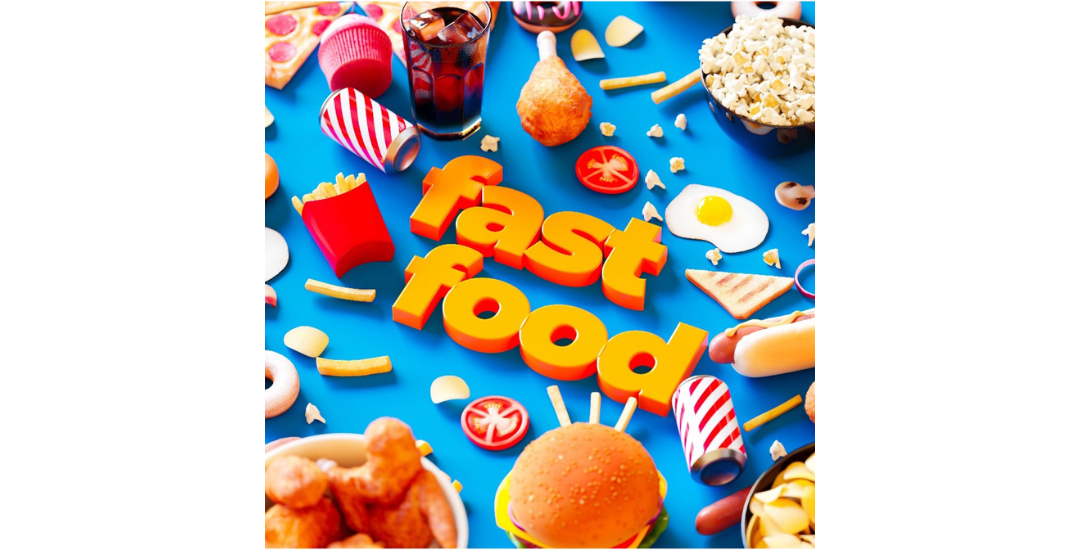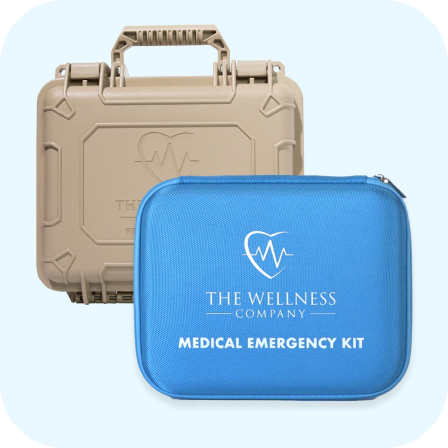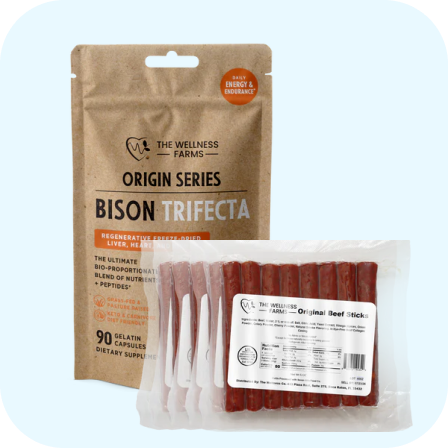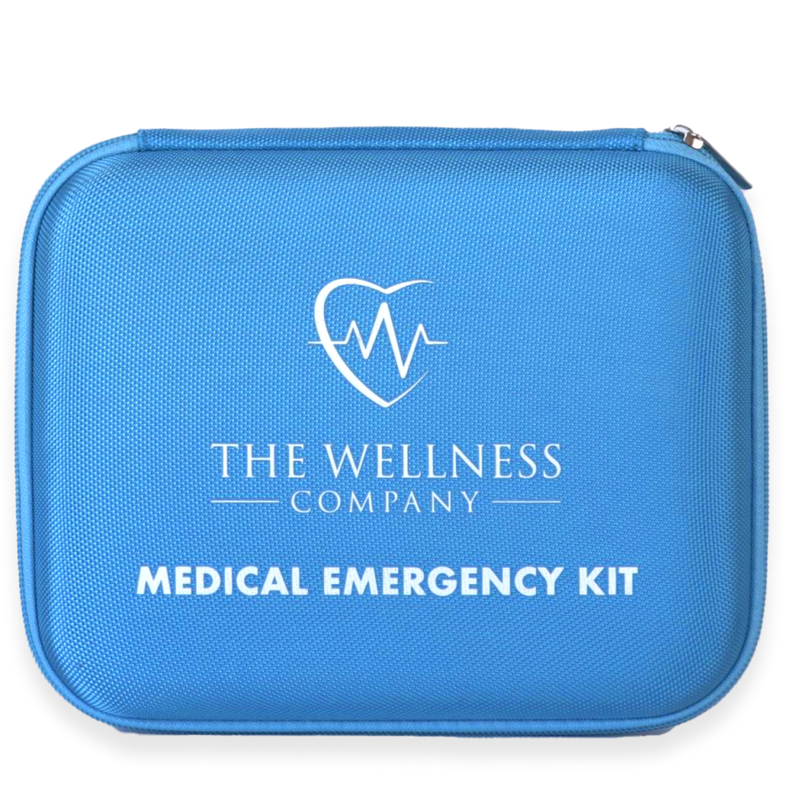The Dangers of Convenience

How Ultra Processed Foods are Ruining Our Health
Fast Food – Fast Track to Chronic Illness
Developed early in the 20th century, ultra-processed foods enjoyed a major boost during and after World War II when the military needed shelf-stable, calorie-dense foods for soldiers. In fact, M&Ms are quite possibly the very first ultra-processed sweet, patented in 1941 for soldiers in the field that needed an easy-to-eat sweet that wouldn’t melt. The hard shell coating did not melt at high temperatures. The need for shelf-stable foods led to innovations in food processing, packaging, and the use of additives to extend shelf life and make foods more convenient. These foods became more popular as modern life became more hectic—especially for the busy family involved in multiple activities outside the home—leaving little time for meal preparation. (1,2)
Their popularity has grown to over 50 percent of the calories in the American diet coming from ultra-processed foods, leading to a multitude of health issues. (2)
Ultra-processed foods (UPFs) are industrial formulations made with ingredients rarely used in home cooking, such as additives, preservatives, and artificial flavors. They are designed for convenience, hyper-palatability, and long shelf life. They are high in calories and low in nutrition. Aggressive advertising and appealing packaging boosted their appeal, especially to busy families and children. (2,3)
Ultra Processed Foods Examples (3)
- Sugary drinks (sodas, energy drinks)
- Nondairy boxed milks and creamers (soy, oat, coconut, hemp, etc.)
- Some condiments (mayonnaise, ketchup, some brands of soy sauce)
- Packaged snacks (candies, flavored popcorn, pretzels)
- Processed cheeses (American cheese, boxed macaroni and cheese, cheese spreads)
- Packaged foods (frozen pizzas, instant noodles/ramen)
- Processed meats (hot dogs, chicken nuggets, some sausages and bacon)
- Mass-produced bread, pastries, breakfast cereals, potato chips, cookies
You Are What You Eat
Widespread Decline in Health
Since the adoption of ultra-processed foods in the late 20th century, U.S. population health has declined sharply, with chronic diseases linked to these foods becoming leading causes of mortality and morbidity.
Additives, altered food matrices, and contaminants in ultra-processed products drive oxidative stress, insulin resistance, and hypertension.

Heavy consumers of ultra-processed foods were at a 21% higher risk of dying from any cause and a 66% higher risk of dying from heart disease compared to those with lower consumption. (3,4)
Nutrient displacement: These foods often lack fiber, vitamins, and minerals while being high in sugar, salt, and unhealthy fats, worsening metabolic health.

The NOVA Food Classification System
Developed by Brazilian researchers, NOVA categorizes foods by processing extent and purpose. NOVA emphasizes how industrial processing—not just nutrient content—impacts health. UPFs often lack fiber and micronutrients while promoting overconsumption. (Note: plain yogurt, which is in Group 1, drops to Group 4 when flavored—usually with corn syrup and artificial flavorings). (5,6)
-
Group 1: Unprocessed/Minimally Processed Foods
Examples: Fresh fruits, vegetables, eggs, raw meat, plain yogurt, whole grains, lentils -
Group 2: Processed Culinary Ingredients
Examples: Oils, butter, salt, sugar -
Group 3: Processed Foods
Examples: Canned vegetables, cured meats -
Group 4: Ultra-Processed Foods (UPFs)
Examples: Soft drinks, candy, flavored yogurt, frozen meals, mayonnaise
You are what you eat couldn’t be truer in this fast-paced world of convenience foods. Next time, instead of a prepackaged snack, reach for a piece of fresh fruit. Your body will thank you for it.
Citations
- National Park Service. (2025, April 2). Post World War II Food.
- Ballard Brief. (2025, January 2). The overconsumption of ultra-processed foods in the United States.
- Jalali et al. (2024). Nutrition & Metabolism, 21(14).
- BMJ. (2024). Ultra-processed food exposure and adverse health outcomes.
- Monteiro et al. (2018). Public Health Nutrition.
- EduChange & NUPENS. NOVA Food Classification Reference Sheet.






















